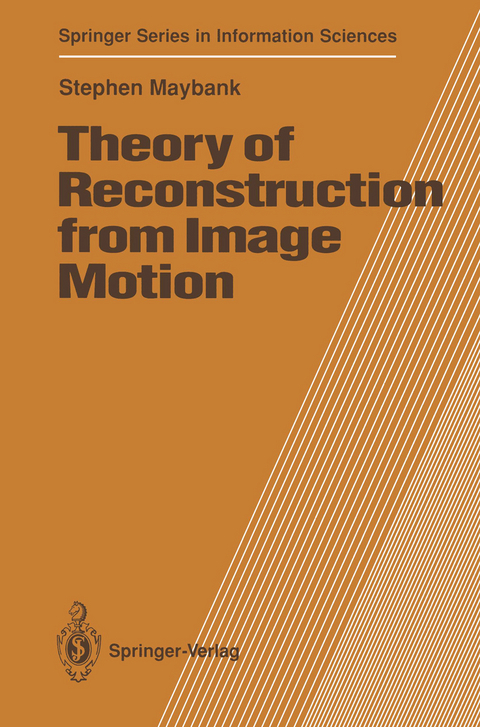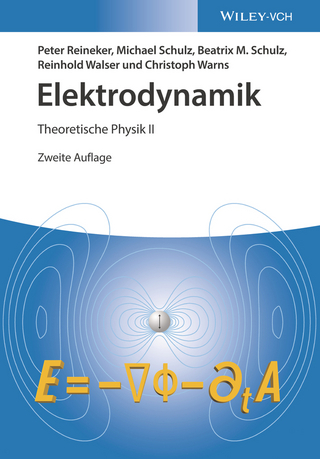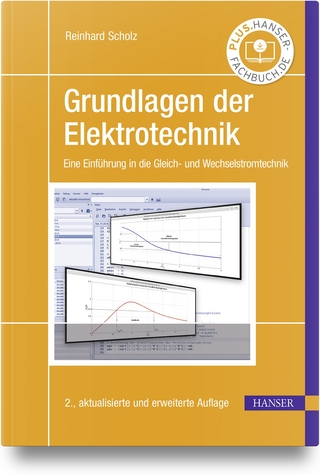
Theory of Reconstruction from Image Motion
Springer Berlin (Verlag)
978-3-642-77559-8 (ISBN)
1 Introduction.- 1.1 Background.- 1.2 Reconstruction.- 1.3 Conventions About the Image.- 1.4 Mathematical Background.- References.- 2 Reconstruction from Image Correspondences.- 2.1 Euclidean Framework for Reconstruction.- 2.2 Essential Matrices.- 2.3 Projective Framework for Reconstruction.- 2.4 Reconstruction up to a Collineation.- References.- 3 Critical Surfaces and Horopter Curves.- 3.1 The Absolute Conic.- 3.2 Rectangular Quadrics.- 3.3 Horopter Curves.- 3.4 Horopter Curves and Reconstruction.- 3.5 Reconstruction up to a Collineation.- References.- 4 Reconstruction from Image Velocities.- 4.1 Framework.- 4.2 Ambiguity.- 4.3 Algebraic Properties of Four Image Velocity Vectors.- 4.4 The Linear System of Quartics.- 4.5 The Derivatives of the Image Velocity Field.- References.- 5 Reconstruction from Minimal Data.- 5.1 Kruppa's Method.- 5.2 Demazure's Method.- 5.3 Reconstruction up to a Collineation.- 5.4 Reconstruction From Five Image Velocity Vectors.- References.- 6 Algorithms.- 6.1 Reconstruction from Image Correspondences.- 6.2 Reconstruction from Image Velocities.- References.
| Erscheint lt. Verlag | 6.12.2011 |
|---|---|
| Reihe/Serie | Springer Series in Information Sciences |
| Zusatzinfo | XI, 261 p. |
| Verlagsort | Berlin |
| Sprache | englisch |
| Maße | 155 x 235 mm |
| Gewicht | 422 g |
| Themenwelt | Naturwissenschaften ► Physik / Astronomie ► Elektrodynamik |
| Naturwissenschaften ► Physik / Astronomie ► Optik | |
| Schlagworte | camera motion • Complexity • computer vision • Geometry • image motion • Photogrammetry |
| ISBN-10 | 3-642-77559-4 / 3642775594 |
| ISBN-13 | 978-3-642-77559-8 / 9783642775598 |
| Zustand | Neuware |
| Haben Sie eine Frage zum Produkt? |
aus dem Bereich


